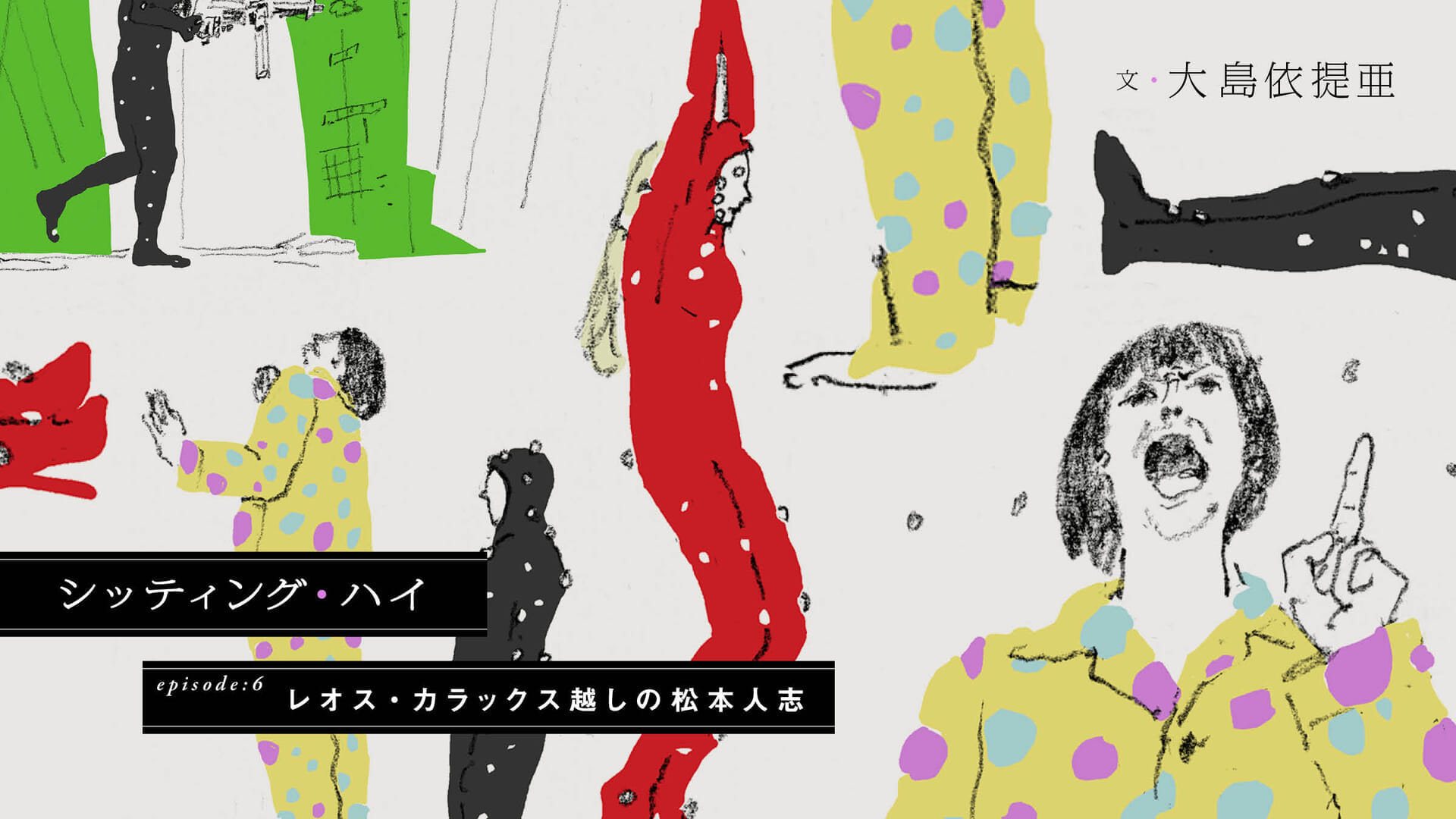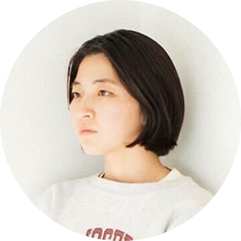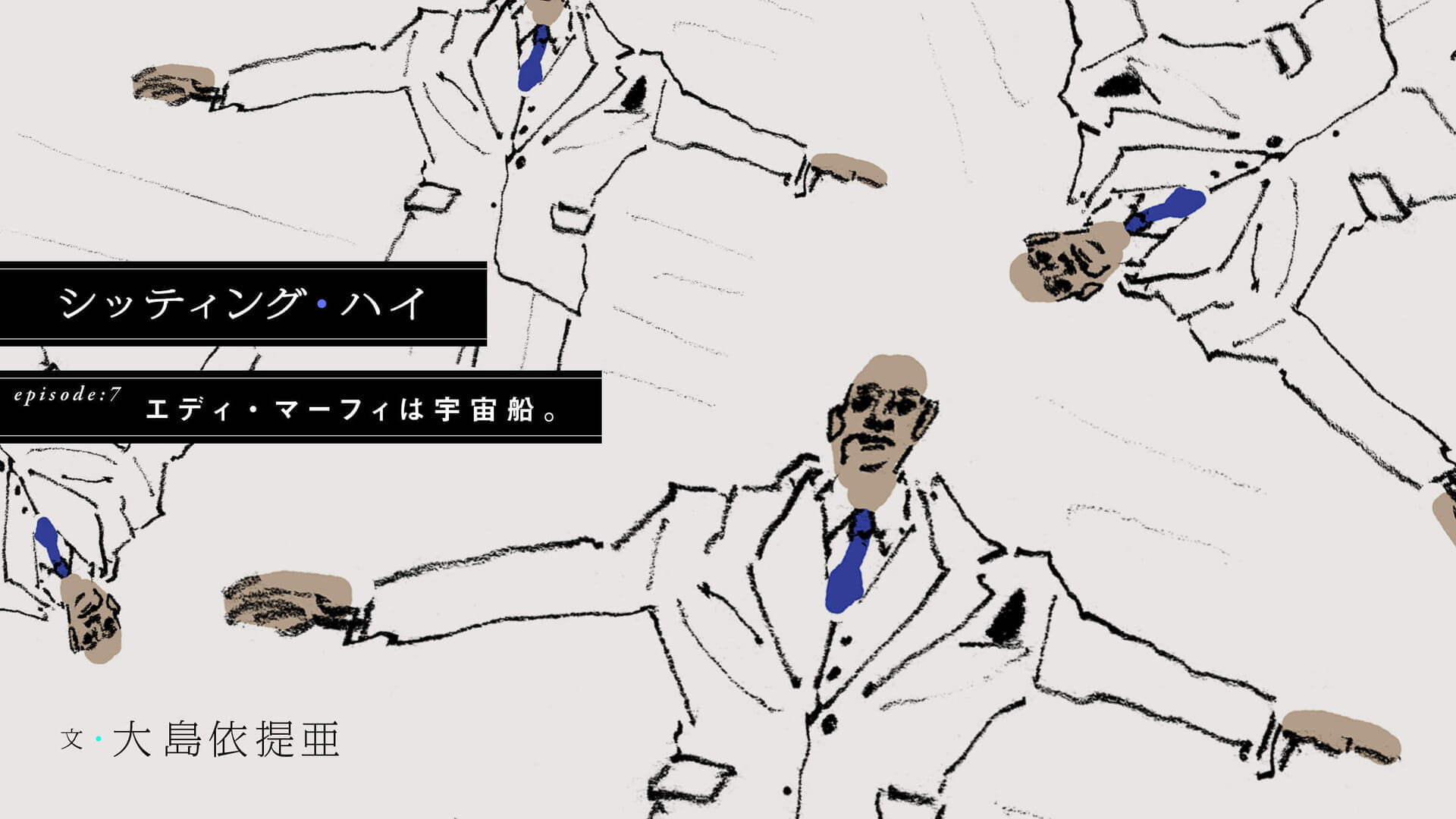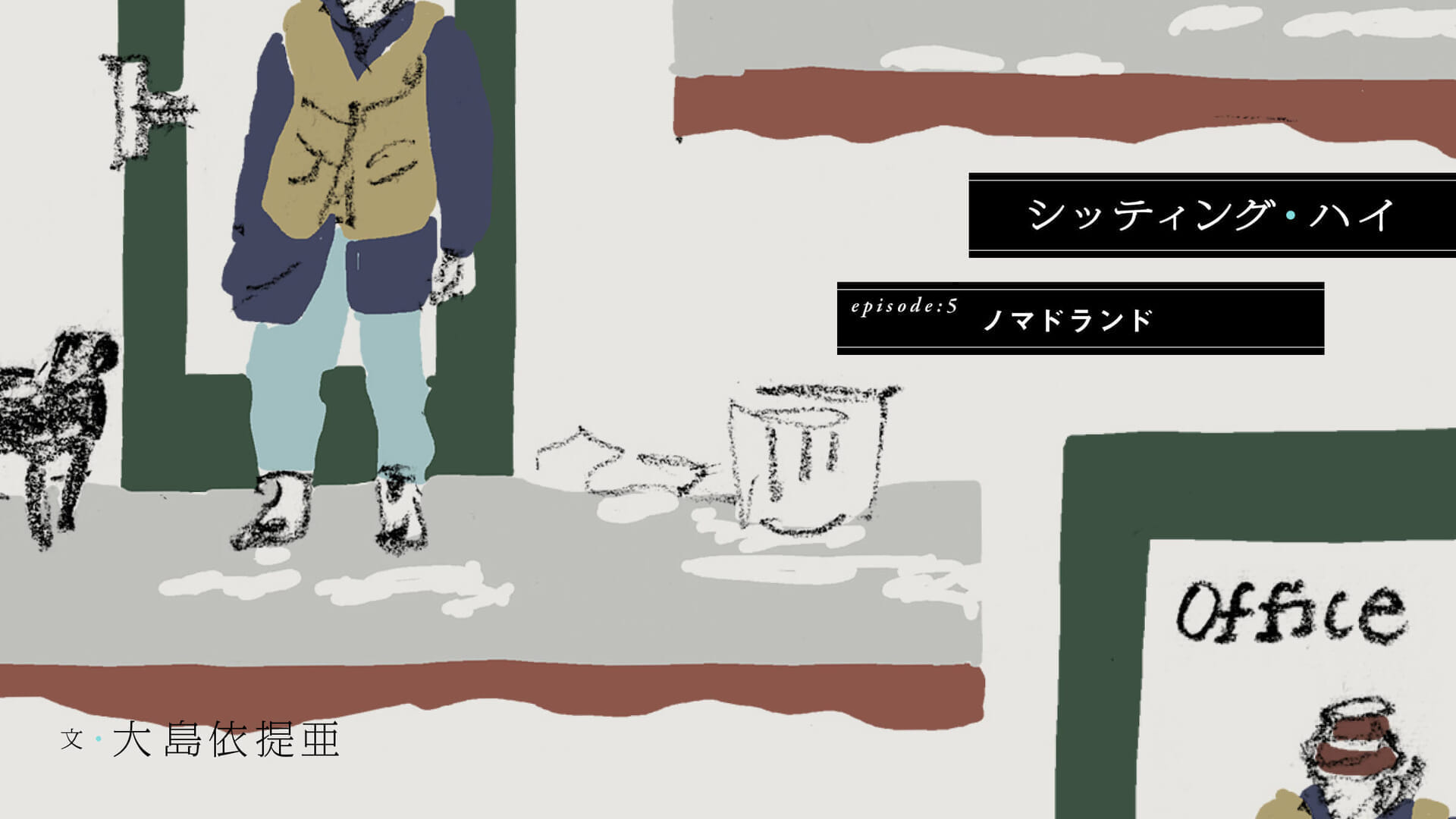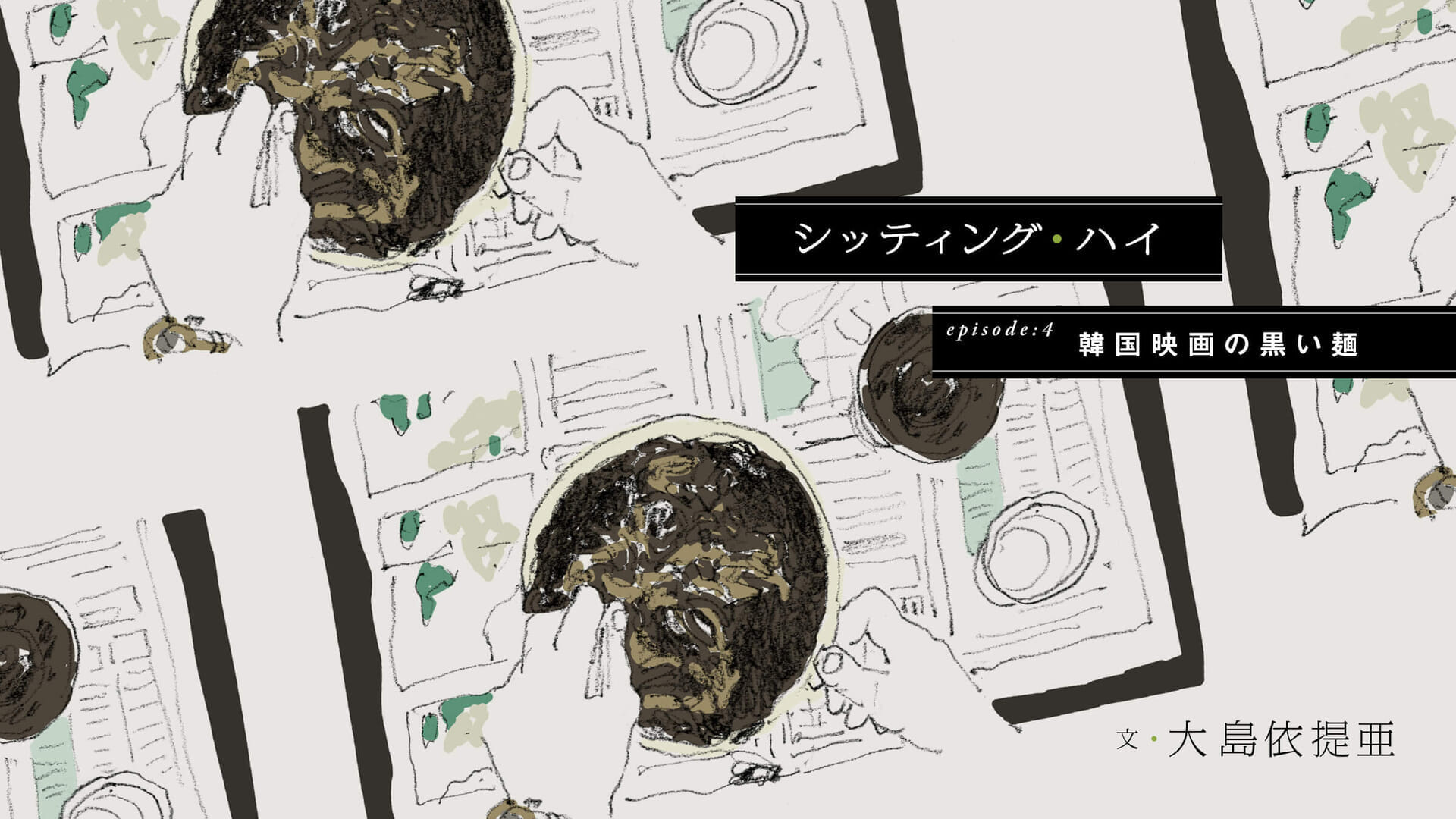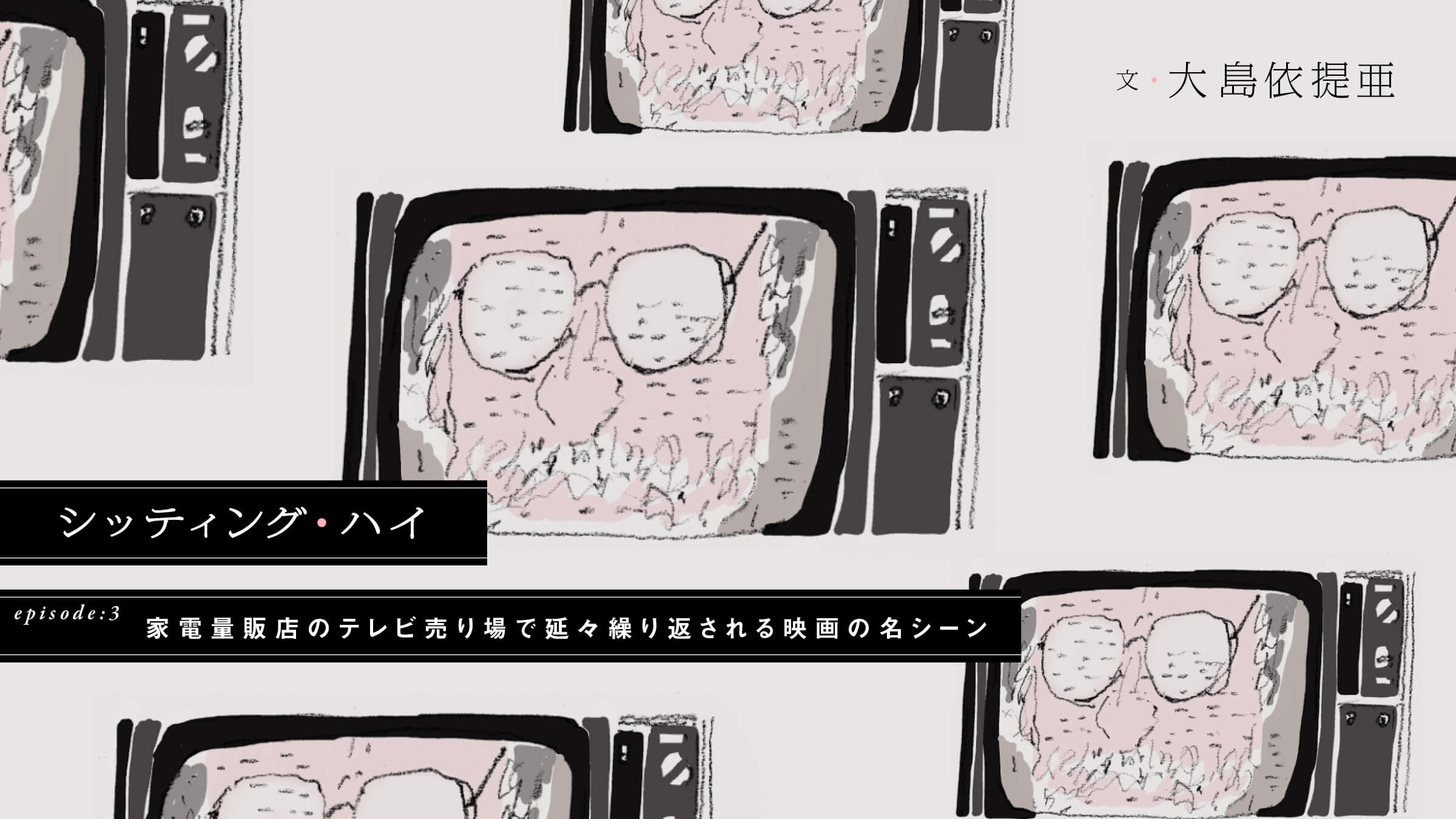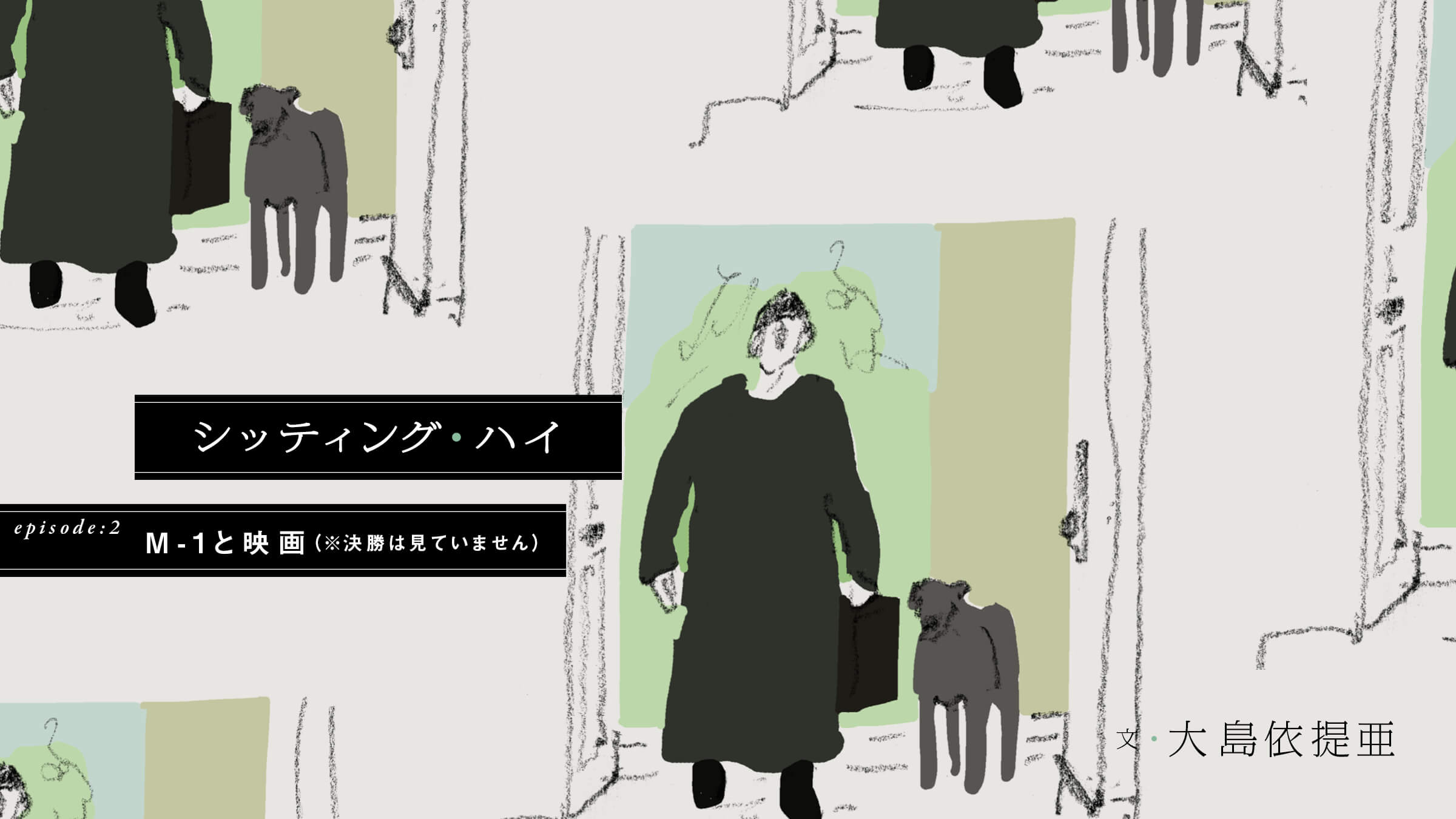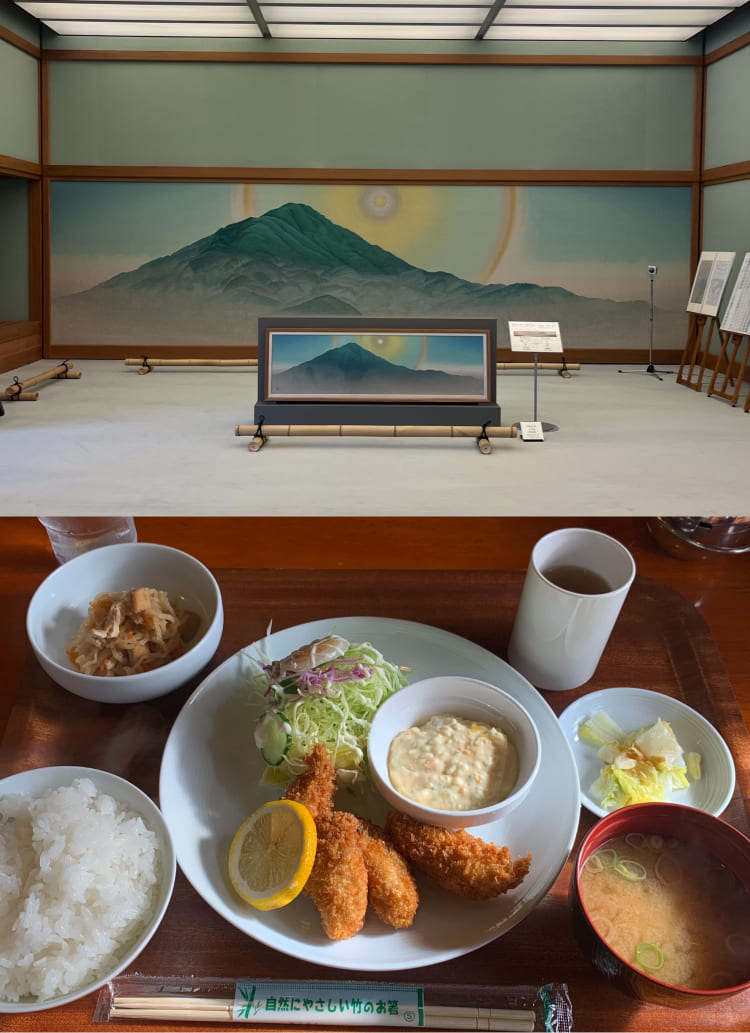episode.6 Matsumoto Hitoshi over Leos Carax
Recently, I had the opportunity to see Leos Carax's new film, "Annette.When the trailer for "Holy Motors" was released, I remembered this tweet from myself right after watching the previous film, "Holy Motors".
Everyone who has been disappointed by Matsumoto's films should watch it, and here is the ideal form of it. Leos Carax's latest film "Holy Motors" is the best. http://t.co/395Cjb8Y74
- Yoromoa Oshima (@oshimaidea) April 14, 2013
Since that time , I have wanted to consider Leos Carax and Matsumoto together.
However, in the realm of cinema, the quality of their works, their reputations, and their careers* are so diametrically opposed that it may seem out of the question to even compare the two filmmakers.
(*By the way, in terms of career, they are about the same age, and Carax has a filmography of 6 films while Hitoshi Matsumoto has 4. ) , but Matsumoto also has original videos and other visual works prior to his foray into film. (Incidentally, while Karacz made his feature film debut with "Boy Meets Girl," Matsumoto Hitoshi started his career in 1983 under the duo name "Downtown.)
However, there is a certain line of reasoning behind this, and simply put, it is the possibility that "Holy Motors" may have been influenced by Hitoshi Matsumoto's "Shinboru".
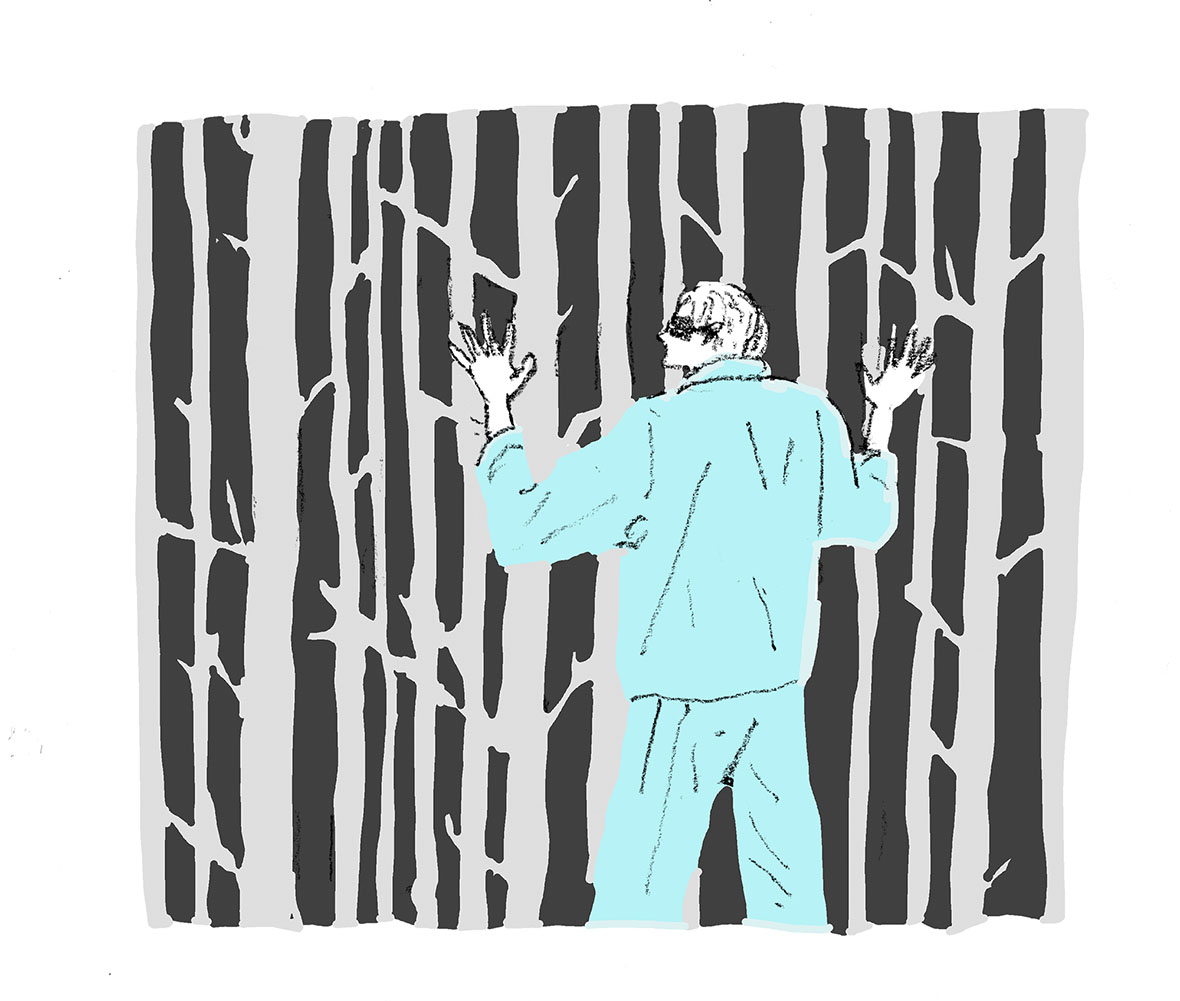
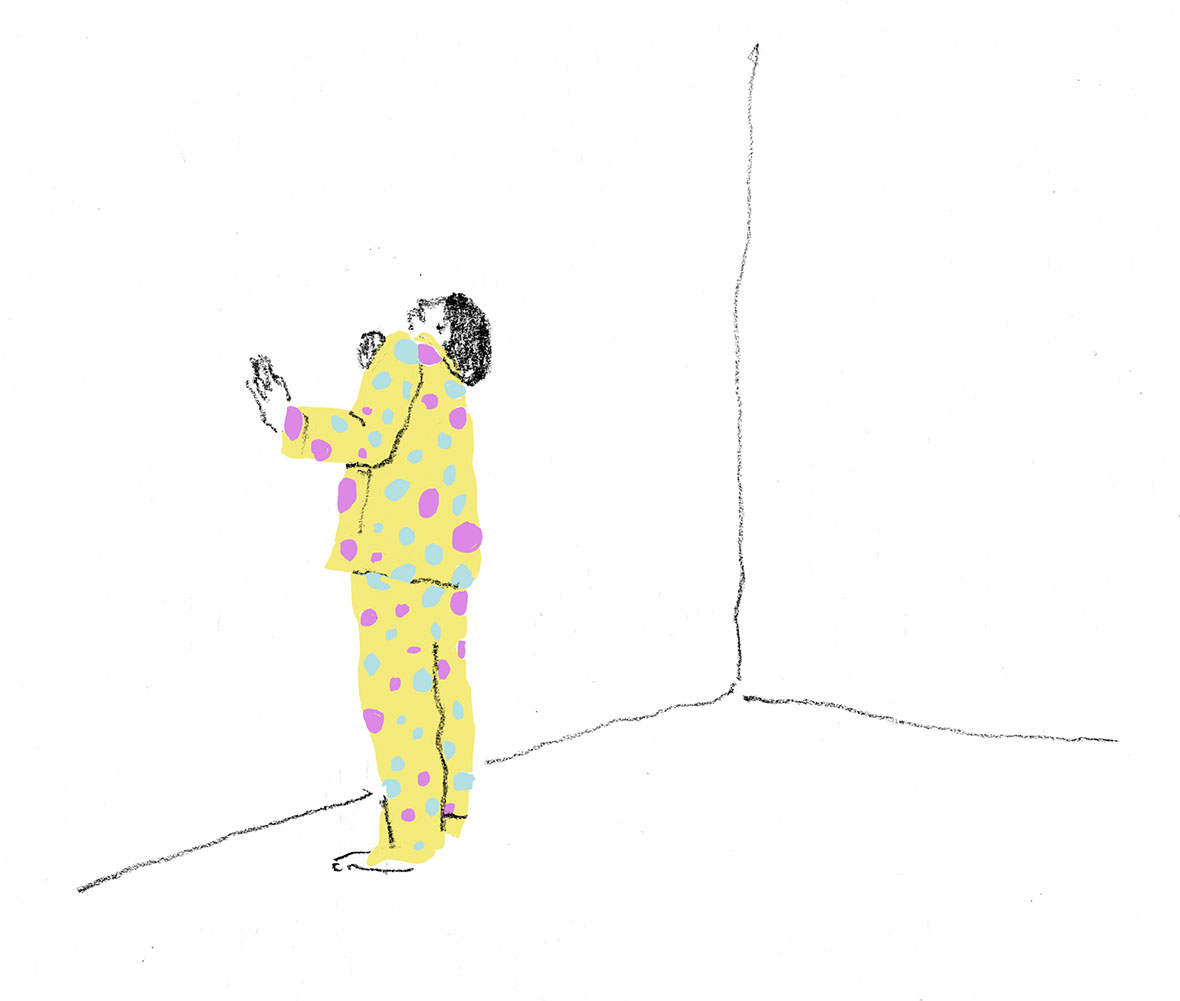
The film opens with a man in pajamas, played by the director himself, waking up in a locked room where his whereabouts are unknown. In the process of searching for a way out of the room, a key suddenly appears, and he uses it to find a hidden room in the empty wall and escape.
To summarize the beginning, it is so similar that it is hard to distinguish whether it is "Holy Motors" or "Shinboru".
In the case of "Holy Motors," the pajama man's fingers somehow turn into keys, which he uses to open a hidden door, and it is no surprise that this was Matsumoto Hitoshi's idea.
The year of production was 2009 for "Shinboru," which predates the 2012 film "Holy Motors" by four years, so if there is any influence, it is that of "Holy Motors.
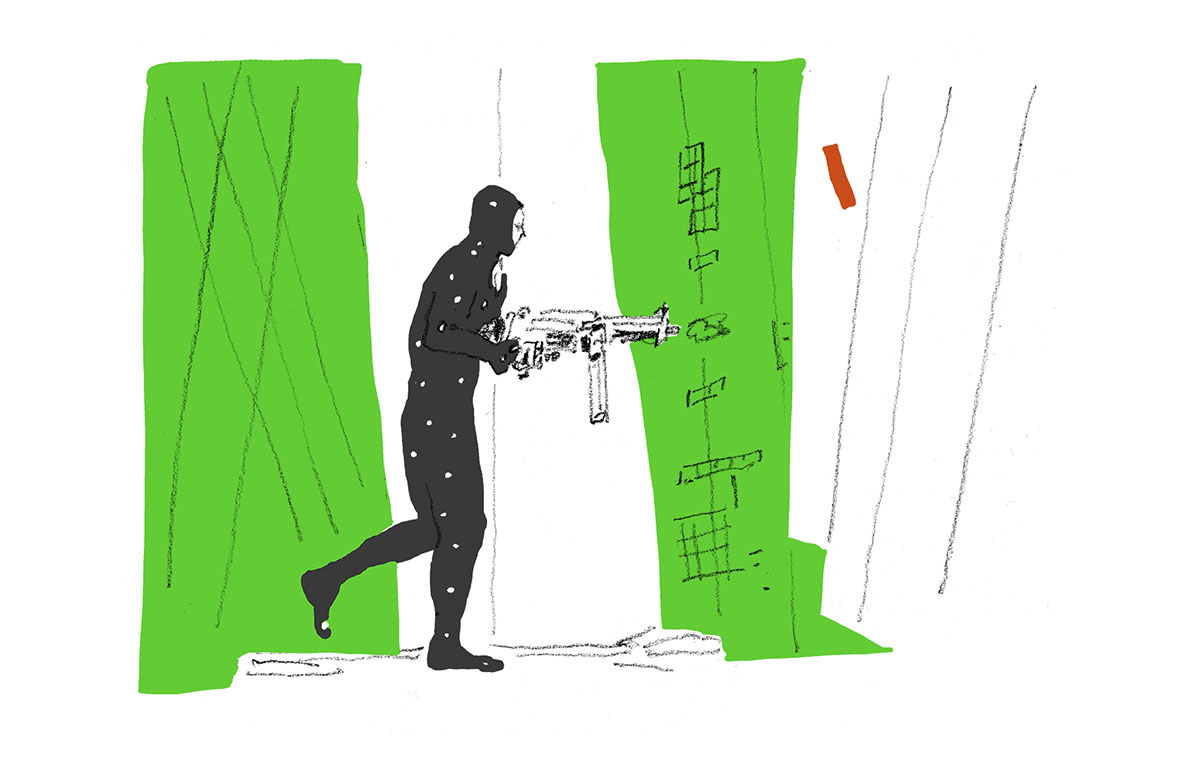
However, it seems unlikely that a mere four-year gap would affect the perfectionist Carax's work, but since "Holy Motors" seems to have been conceived in a fairly short period of time, it is not out of the realm of possibility.
Moreover, this opening scene in "Holy Motors" has no relationship to the story that unfolds later, and is an independent part that could have been added later.
One can only dream that Matsumoto's originality, which could not have been born out of the context of film history, stimulated Carax's cinematic creativity.
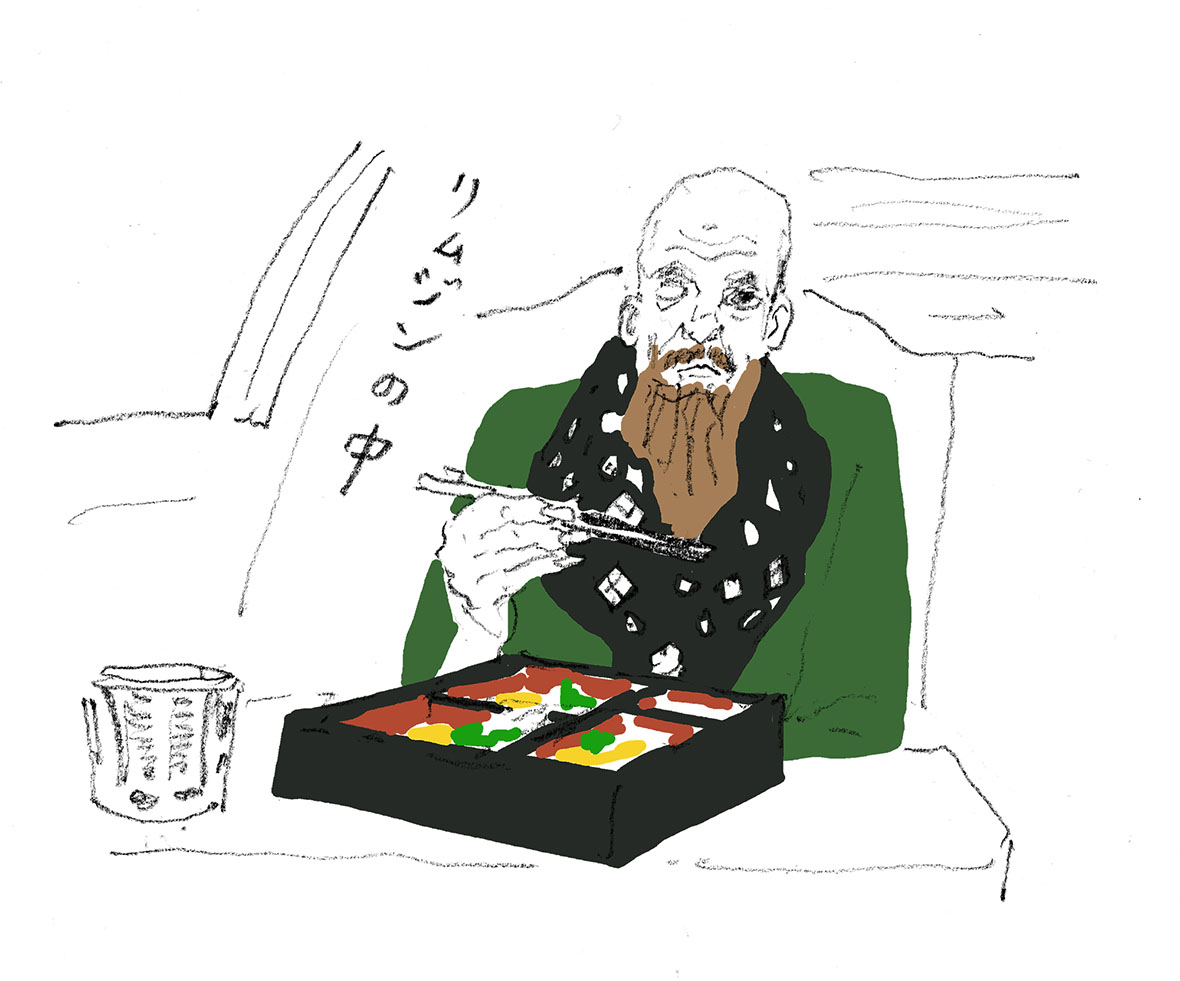
It is a reckless inference with no basis in anything more than a pipe dream, but as the opening tweet quotes, "Holy Motors" is filled with moments throughout the film that give one the illusion of a complete Hitoshi Matsumoto film that was never made.
First, the overall narrative structure. The episodes in the lives of the various characters played by Donny Lavin are loosely interlocked, yet individually independent, in a semi-omnibus format. This is true of the two parallel (and later multi-layered) worlds in "Shinboru," but it also has something in common with the independence of the individual monster episodes in "Dainipponjin.
The variety of costumes and props used to transform into various characters is also reminiscent of the tools that appear one after another in the white room of "Shinboru".
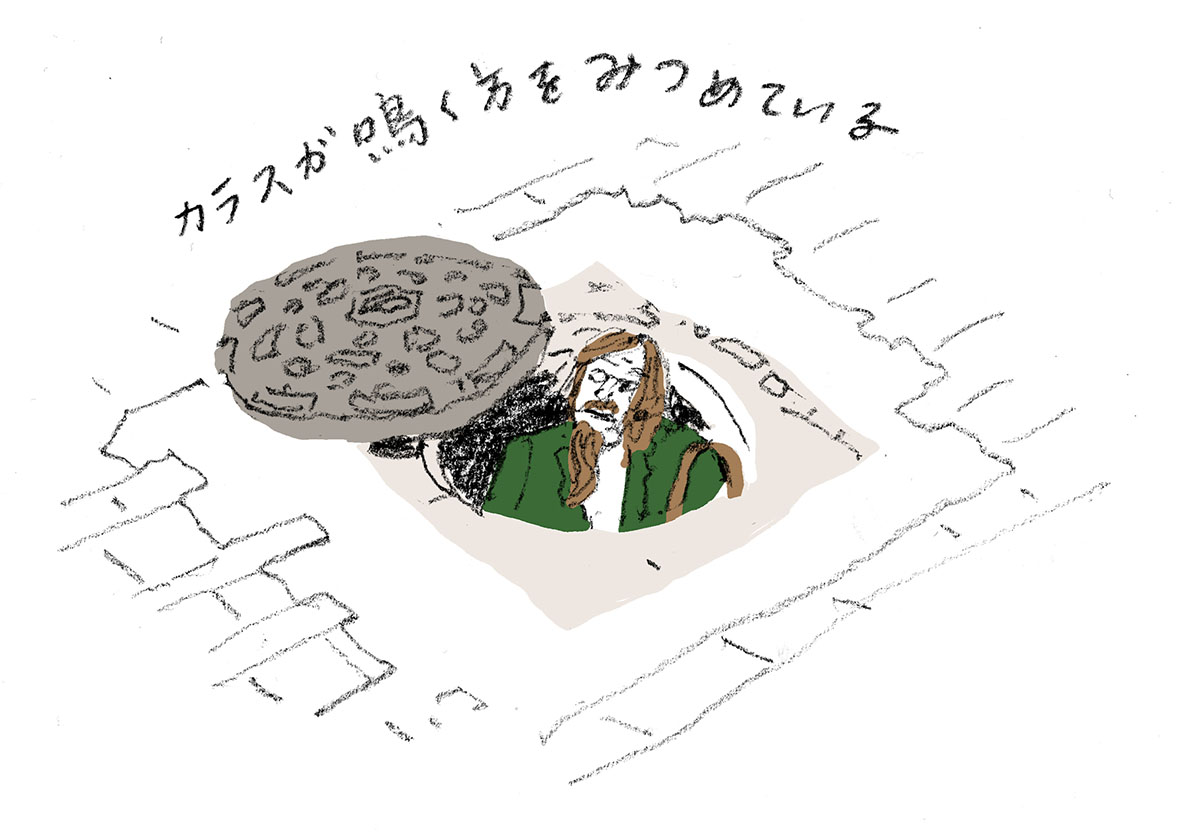
The monster-like nature of Meldo, who appears in Tokyo in "TOKYO!" along with the "Godzilla Theme" composed by Akira Ifukube, is similar to that of the Rider monster, a character shared by Hitoshi Matsumoto. The story is somewhat contrived rather than a film.
Yes, "Holy Motors" is serious and tragic, but also very funny.
And "Shinboru" is a truly serious work, rooted in laughter, but not very funny.
Apart from the difference in the quality of the works, the major difference between the two films is this: the catharsis that was supposed to be hilarious in Hitoshi Matsumoto's film is beautifully embodied in "Holy Motors".
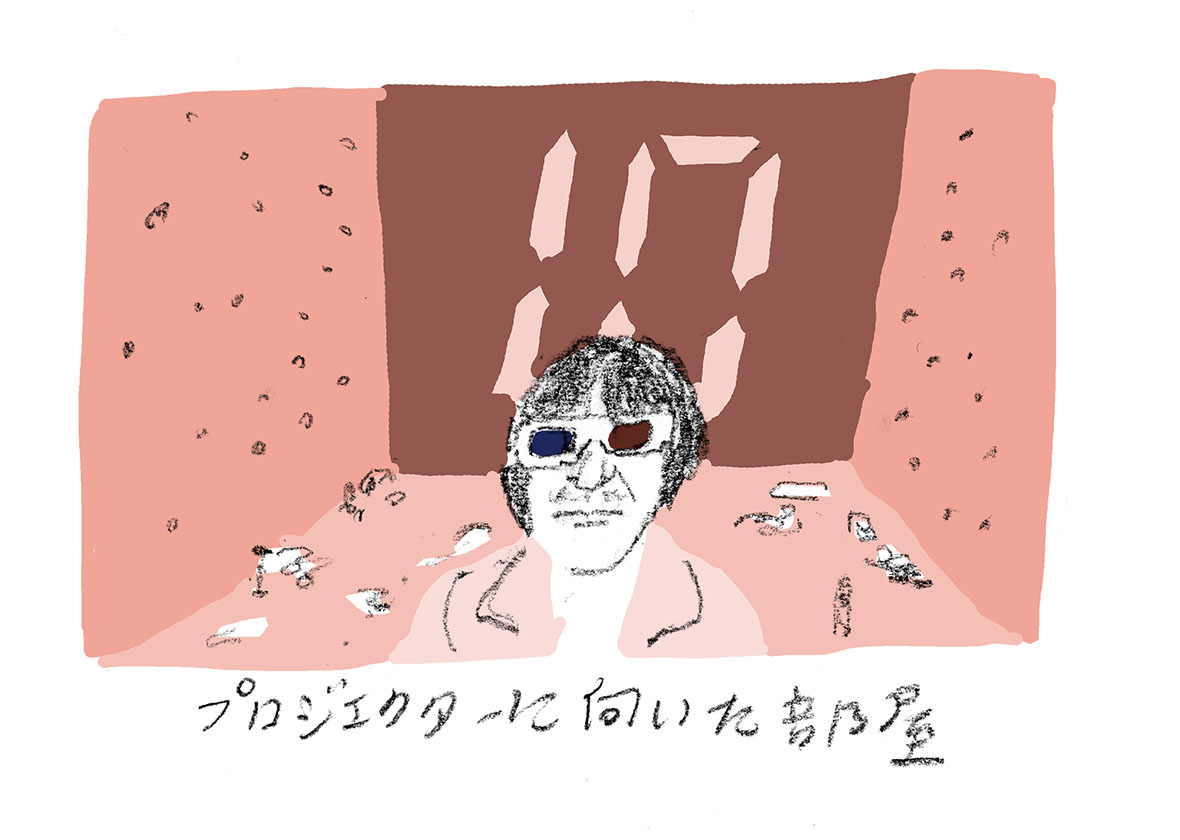
As a side note, a foreign film director, Nacho Vigalondo of "Synchronized Monster" fame, who professes to be a follower of Hitoshi Matsumoto's works, has finally appeared in real life, and it may be that the germ of Hitoshi Matsumoto's inspiration, which is said to lack cinematic qualities, is gradually spreading to the movies, even if only in fragments. The film may be a fragment of the germ of Hitoshi Matsumoto's inspiration, which is said to be lacking in cinematic qualities.
. I should make a final whisper to myself that I am one of the few followers of Hitoshi Matsumoto as a film director, having liked all of his last four films. . I wonder if he is going to make any more new films.
PROFILE

Born in Tochigi Prefecture, graduated from Tokyo Zokei University. He has been designing mainly graphics for movies, exhibition publicity materials, and books. Major works include "Paterson," "Midsummer," and "Tabi no Owari, Sekai no Hajimari" for films, "Shuntaro Tanikawa" and "Moomin" for exhibitions, and "Birds/Banana Yoshimoto" and "Small Boxes/Yoko Ogawa" for books.


